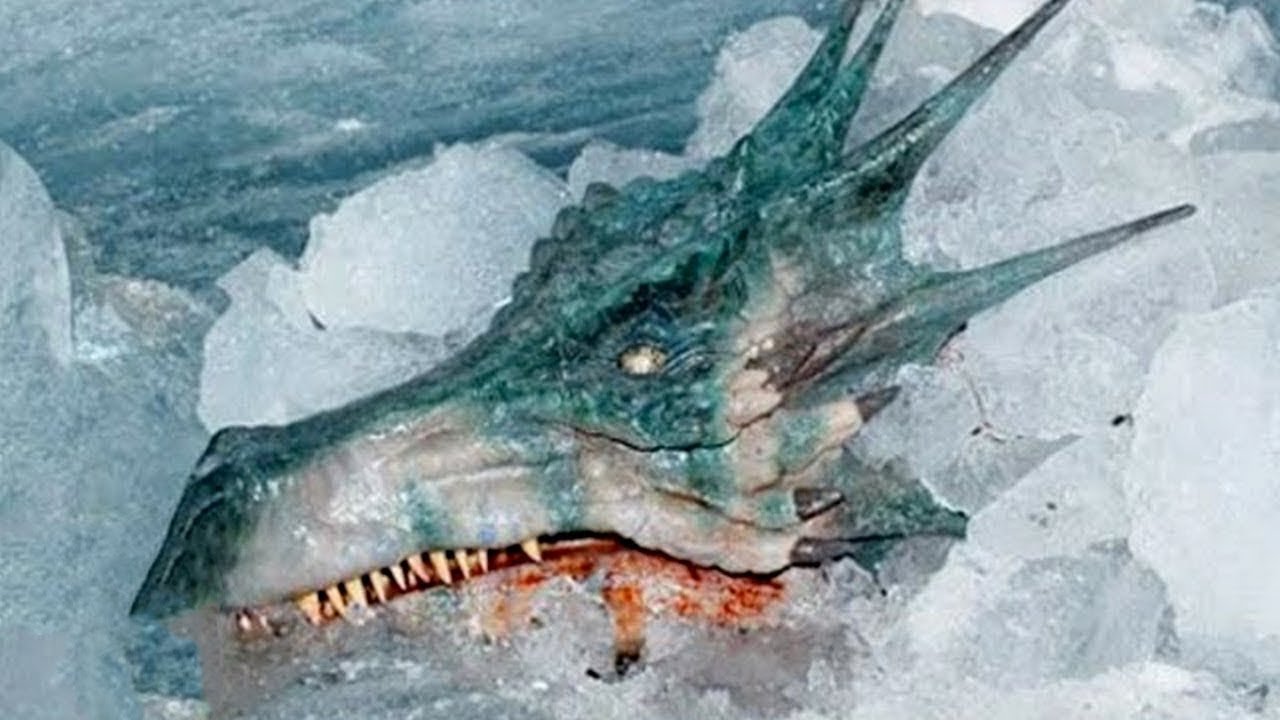So, if you’ve ever stumbled upon Error Code 526 while trying to navigate your website, don’t worry, you’re not alone! It’s all about SSL certificates, and understanding this elusive error can keep your website secure and running smoothly.

- What Is Error Code 526? This error pops up when there’s something wrong with the SSL certificates between your web server and Cloudflare.
- Common Causes of Error Code 526 Misconfigurations are the usual suspects here, preventing that smooth secure connection.
- Steps to Resolve Error Code 526 A few tweaks and checks might just be all you need to send this error packing!
What is Error Code 526?
Error Code 526 is like that unexpected guest who shows up at your party uninvited. It’s annoying, it’s confusing, and it’s a sign that there’s a problem with secure connections via SSL certificates. When you’re using Cloudflare, this error means your web server’s configuration isn’t up to par. Wondering why? Simply put, it’s trying to connect securely, but it’s met with a sassy “not today!” from your server’s SSL setup.

Common Causes of Error Code 526
If I had a dime for every time a misconfiguration led to a 526 error, I’d be sitting on a beach right now! The most common culprit here is an improperly set up SSL certificate. Maybe it’s expired, maybe it never got installed properly, or maybe your server is just throwing a tantrum. Each of these situations leads to your web visitors receiving a big, fat “secure connection failed” message instead of the delightful content you’ve crafted.

How to Diagnose Error Code 526
Diagnosing this error is like playing detective, and let’s be honest, it can be quite the puzzler. Start by checking if your SSL certificate is valid and correctly installed. A quick trip to your web hosting or server environment will give you the details you need. A good SSL checker tool might suit you, too, making it a breeze to see what’s working and what’s not!
Steps to Fix Error Code 526
Alright, let’s roll up our sleeves! Fixing Error Code 526 isn’t rocket science, but it does require a bit of elbow grease. Here’s what you can do:

- Check Your SSL Certificate: Ensure it’s valid and properly set up.
- Reinstall the Certificate: Sometimes, a good ol’ reinstall is the best medicine.
- Update Your Server Configuration: Make sure it’s configured to work seamlessly with Cloudflare.
After taking these steps, give it a whirl and see if that error decides to hit the road!

Importance of SSL Configuration
We can’t stress this enough: SSL configuration is like the lock on your front door; without it, everything can just waltz in! It protects sensitive information, provides security, and builds trust with your users. If your SSL isn’t locked in correctly, well, you’ve left the door wide open for pesky visitors…and not the good kind.
Testing Your SSL Certificate
Remember, you wouldn’t want to throw a party without checking the guest list, right? Similarly, you should regularly test your SSL certificate to ensure it’s in tip-top shape. There are some handy tools online that can give you an instant report card on your SSL’s status. A clean bill of health means no more 526 errors to worry about!
Preventing Future Occurrences of Error Code 526
Like setting a good sleep routine, keeping your SSL configuration in check is all about consistency. Here’s how to keep that 526 error far, far away:
- Regularly Update Your SSL Certificate: Keep it fresh and never let it expire!
- Monitor Your Server’s Configuration: A little check-up here and there can save a whole heap of trouble down the line.
Stay proactive, and you can outsmart those technical blunders like a seasoned pro!
Contacting Support for Persistent Issues
Sometimes, despite our best efforts, things just won’t budge. Should your attempts to fix Error Code 526 seem like trying to get a cat to take a bath, don’t hesitate to reach out for help! Your hosting provider or Cloudflare support can often see what we can’t and offer a few expert insights to guide you through the mess.
Conclusion
In summary, Error Code 526 might feel like a brick wall, but with the right tools and knowledge, you can navigate around it with ease. Always remember, the key to a secure and smooth-running website starts with a solid SSL configuration. So, check your certificates, gear up with knowledge, and let’s keep that website of yours shining bright and secure!






















